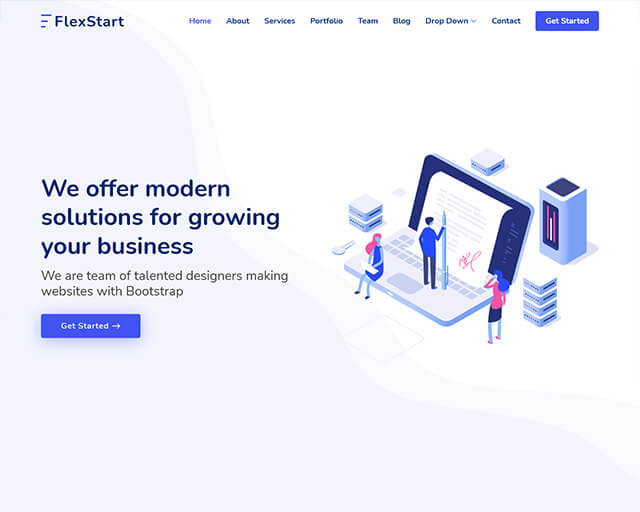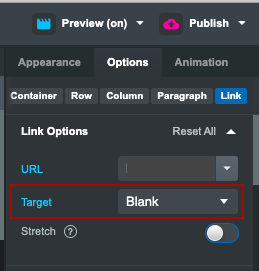
- #BOOTSTRAP STUDIO LINK TO ANOTHER PAGE HOW TO#
- #BOOTSTRAP STUDIO LINK TO ANOTHER PAGE CODE#
- #BOOTSTRAP STUDIO LINK TO ANOTHER PAGE DOWNLOAD#
The Tag Helper approach I show here also requires injecting inline-JavaScript, which may be at-odds with your CSP. Using a fallback adds complexity to your site that you may not need. Whether you consider adding a fallback worthwhile will depend very much on the application you're building. For more details on the security side, see this post by Scott Helme on adding a Content-Security Policy (CSP) to your application, and using Sub Resource Integrity (SRI) checks.
#BOOTSTRAP STUDIO LINK TO ANOTHER PAGE HOW TO#
I'm going to describe how to tackle that second point in this post, but the solutions will also cover the first point too. If a CDN is unavailable, you should fallback to serving the scripts from your own website, as otherwise a CDN going down could break your application, as shown below.That can put both you and your users at risk. You need to be careful that if a CDN is compromised with malicious JavaScript, your website doesn't run it on your page.
#BOOTSTRAP STUDIO LINK TO ANOTHER PAGE CODE#
#BOOTSTRAP STUDIO LINK TO ANOTHER PAGE DOWNLOAD#
If you host your files on a CDN, the connections to the CDN don't count towards your server limit, leaving more connections to download in parallel from your app.

Browsers limit the number of simultaneous connections they make to a server (commonly 6).

That can make a big difference if your application is only hosted in one region, and users are sending requests from the other side of the world! CDNs are typically globally distributed, so can give very low latencies for downloading files, wherever in the world your users are.Using a CDN can speed up your applications for several reasons: The first thing to discuss is why you might want to use a CDN for serving your application's client-side dependencies.Ī CDN is just another server that hosts common files, often used for client-side assets like CSS stylesheets, JavaScript libraries, or images. NET Core 2.x, but in 3.x the templates were significantly simplified and now only serve from local files. Using a CDN with a fallback was the default approach in the ASP.NET Core templates for. In this post, I show how to use the Link Tag Helper and Script Tag Helper in Razor with the asp-fallback attribute to serve files from a Content Delivery Network (CDN), falling back to local scripts if the CDN is unavailable.


 0 kommentar(er)
0 kommentar(er)
